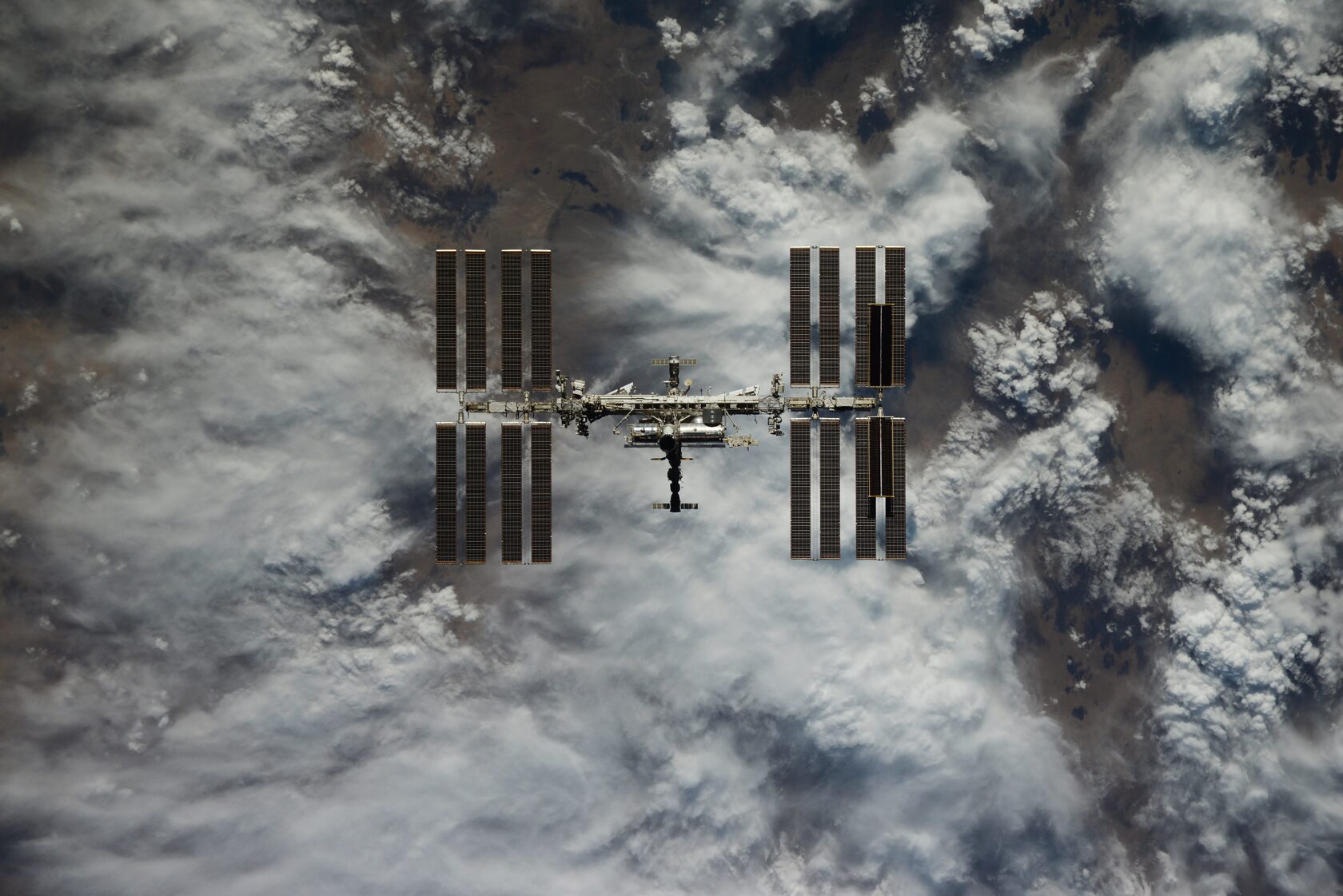Over these 30 years, we have all become accustomed to the fact that, although indirectly, the ISS is an integral part of any modern person’s life. However, it is worth asking yourself a question: has it always been like this? If not, what did we had before it and what will be the after?
First, you need to realize that anything, even in zero gravity, wears out over time, and the space station will not be an exception. Launched into space in 1998, it will serve humanity for a little more than 30 years, and in 2030 it will be flooded in the middle of the Pacific Ocean.
Sounds like an idea for a disaster film, right?
Once, the Mir Space Station, an ISS’s peer, has a controlled descended to Earth. (Sounds like a documentary with elements of a chronicle, doesn’t it?) These mechanisms are extremely interesting, and we suggest that you read about them!
In theory, in addition to descending an object back to Earth, there is another way to dispose it: putting it into higher orbits — ascenting. Given the energy consumption and the large dimensions of the station (it’s bigger than a football field), it increases the likelihood of collisions with other objects and disintegration into smaller parts, so this option was postponed.
Every day, the ISS loses about 10 cm of elevation, and sooner or later, — you can fantasize here — it is doomed to reach the bottom point. If it is impossible ascend it, it is then necessary to lower it, and it is better to start thinking about it in advance.
Now all the great minds of space engineering are puzzled by this question. Among other things, Russia's participation in this process is being discussed (this could be a chamber dialogue drama).
It seems that such a large-scale, important, and also risky process will attract the attention of the whole world! Get the cameras ready, ladies and gentlemen. Start writing scripts!
Picture: https://www.roscosmos.ru
First, you need to realize that anything, even in zero gravity, wears out over time, and the space station will not be an exception. Launched into space in 1998, it will serve humanity for a little more than 30 years, and in 2030 it will be flooded in the middle of the Pacific Ocean.
Sounds like an idea for a disaster film, right?
Once, the Mir Space Station, an ISS’s peer, has a controlled descended to Earth. (Sounds like a documentary with elements of a chronicle, doesn’t it?) These mechanisms are extremely interesting, and we suggest that you read about them!
In theory, in addition to descending an object back to Earth, there is another way to dispose it: putting it into higher orbits — ascenting. Given the energy consumption and the large dimensions of the station (it’s bigger than a football field), it increases the likelihood of collisions with other objects and disintegration into smaller parts, so this option was postponed.
Every day, the ISS loses about 10 cm of elevation, and sooner or later, — you can fantasize here — it is doomed to reach the bottom point. If it is impossible ascend it, it is then necessary to lower it, and it is better to start thinking about it in advance.
Now all the great minds of space engineering are puzzled by this question. Among other things, Russia's participation in this process is being discussed (this could be a chamber dialogue drama).
It seems that such a large-scale, important, and also risky process will attract the attention of the whole world! Get the cameras ready, ladies and gentlemen. Start writing scripts!
Picture: https://www.roscosmos.ru
